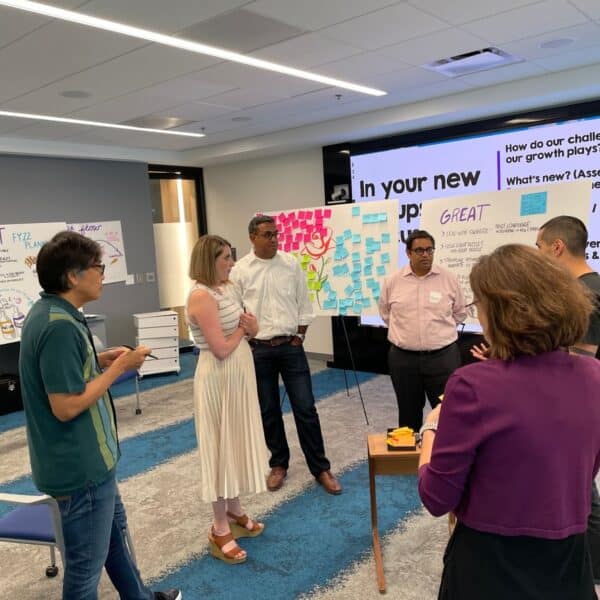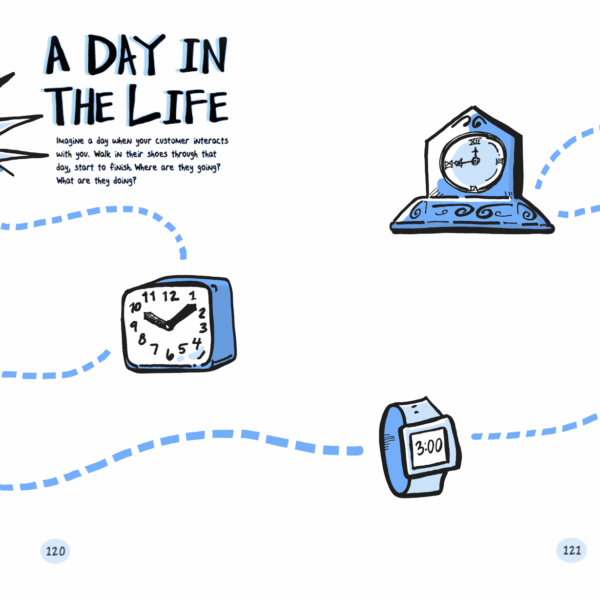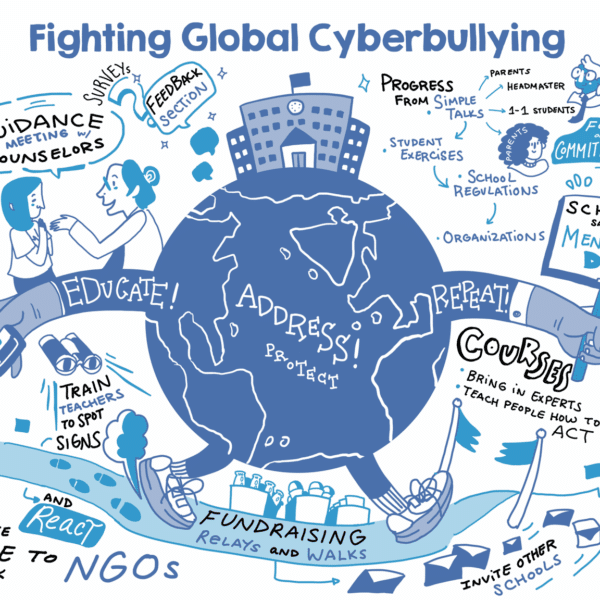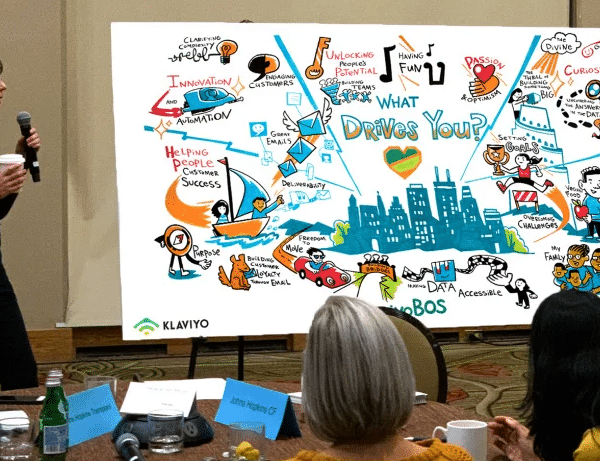In the past two years, we’ve borne witness to drastic changes in the workplace – from the shift to, and demand for remote and hybrid work, to fluctuating rates of unemployment, record-high resignations, four-day work weeks and more. While many point to COVID-19 as the root cause, a global pandemic didn’t create this reality, but rather shed light on areas of concern that have historically gone unnoticed by employers.
It’s why, even after the pandemic has been stabilized, its fallout in the workplace remains eminent. Topics like burnout, job dissatisfaction, worker wellness, and inadequate work-life balances continue to circulate the virtual realm. Trends like employees spiritually quitting their jobs (i.e., quiet quitting) continue to emerge in the workplace (even if they’re not entirely new).
As such, it’s become vital for employers to rethink how they are treating their employees and reconsider their own employee retention strategies. According to Allegis Group, 83% of employers believe that attracting and retaining talent is a growing challenge. So, in this article, we’re going to break down employee retention, the factors which impact it, and the ImageThink way of retaining top talent.
The 411 – Why is Employee Retention So Important?
Employee retention refers to an organization’s ability to attract and keep valuable employees. Most business owners know that acquiring and onboarding new talent is expensive, and that’s before you even account for the cost of lost knowledge and experience when someone walks out the door.
It’s even more nuanced than you think – which is why understanding the different angles of employee retention can help you decide what method works best for your organization.
With a strong employee retention strategy, the benefits are twofold – lower costs, higher business and recruitment efficiency, greater employee morale and loyalty, and improved customer experience. All of these benefits conspire to create more revenue and better profitability.
The following factors impact an employee’s willingness to stay at an organization significantly:
1. Onboarding and Training
Failure to be upfront about the expected responsibilities of a role will inevitably lead to a bad investment on both sides. After all, you get just one chance at a first impression. Like any relationship, if it’s built on a weak or misleading foundation it won’t last long.
Training and ongoing learning is equally important. Lack of investment in your workforce may cause them to look for growth and development opportunities elsewhere.
2. Flexibility
Since the COVID-19 pandemic shifted so much of the labor force online, flexibility has been a circulating workplace topic. But flexibility doesn’t stop with working hours and location.
Think of those as signifiers – canaries in the coalmine – that indicate the level of trust between employer and employee. Ultimately, employees want flexibility because it means they know you trust them to do what was agreed and fulfill their job requirements.
3. Financial Insecurity
Despite studies showing that payment only helps retention when paired with other critical components, financial insecurity can cause high employee turnover. Worrying about money can cause stress, hinder the work of an employee, and cause them to shop around for higher paying work.
Some companies have adopted models that are transparent about all employee compensation, which can bring its own challenges. We recommend honesty about pay and what employees can expect at your company. The truth is we would probably all like to earn more than we do, and shrouding the mechanisms of compensation only exacerbates employee feelings of being undervalued.
4. Management
Let’s say pay isn’t the issue. When comp isn’t the issue, employees don’t quit their jobs – they quit their bosses. For many, a good salary and expansive list of benefits just won’t cut it if management is intolerable. Poor relationships with management are the reason 57% of employees quit their jobs.
Building out a manager training program, with clear benchmarks, expectations, and opportunities is a great place to start. When managers can see the path they are walking, they can better lead others.
5. Work-Life Balance
Employees desire a healthy balance between their professional and personal lives. As such, when work tips the scale, an individual’s ability to be happy and productive at work dampens.
Work life balance is a function of behavior, which itself is a function of culture. Consider facilitating a discussion about how to better respect boundaries, and shift culture. Behavior, and balance, will follow.
6. Recognition
It may come as a surprise, but 65% of workers feel unappreciated in their current roles. When employee efforts go unnoticed, it leads to low morale and diminished productivity. If left unchecked, employees will go where they are rewarded and feel appreciated. Never underestimate the value of a good shout out. Best yet if you can tie to major company goals, whether it is revenue or otherwise.
A New Employee Retention Strategy
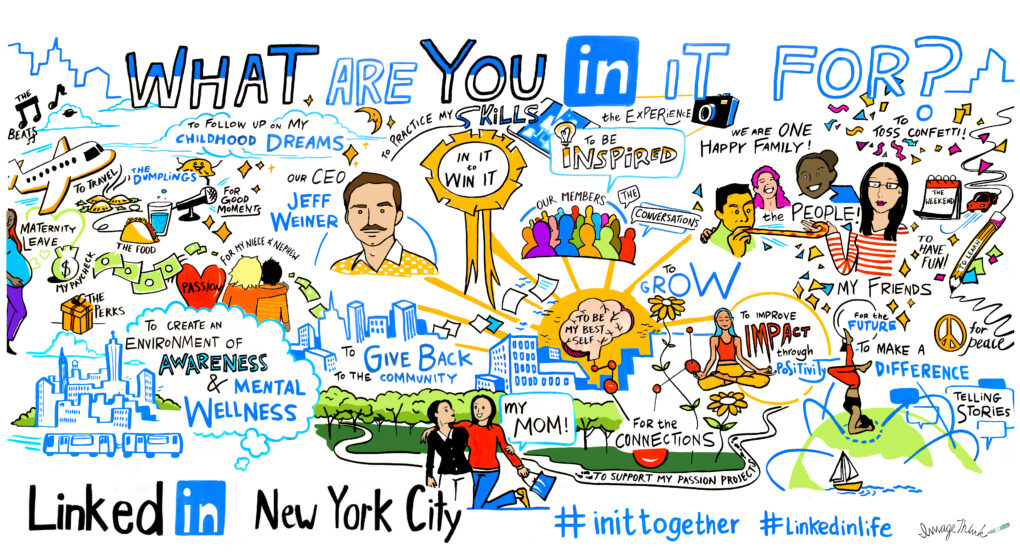
Armed with this knowledge, what can be done and retain top talent? Our employee retention strategy for many clients’ centers on deeper relationships between leaders and teams through listening, communicating, and recognition.
Listen to Learn
Listening – while often overlooked – is quite effective when incorporated into an employee retention strategy. We often use social listening murals to gather meaningful insights from event goers and conference attendees, but their internal use is just as rewarding.
An internal social listening mural can be used between leadership, teams, or companywide to collect and capture thoughts and ideas. It’s a particularly good outlet for elevating the voices of those who may otherwise go unheard. The right question(s) will gauge employee feelings and highlight areas of improvement or satisfaction. Once completed, it will act as a painting of the entire organization and can be distributed throughout for added and sustained impact.

Communicate Clearly
Whether your work consists of many or few meetings, you should always make them count. Meetings are where opportunities are explored, plans and decisions are made, and company culture thrives.
When our visual strategists facilitate meetings, we capture and synthesize insights, map courses of action, and highlight the vibrant discussion and individuals who make up the meeting. With a visual to signify the meeting and guide projects and initiatives, teams are more aligned, clear of their roles, and have knowledge of their actions or next moves. When employees feel involved, and that items have been clearly communicated to them, they are more likely to feel confident in their organization’s abilities and their own.
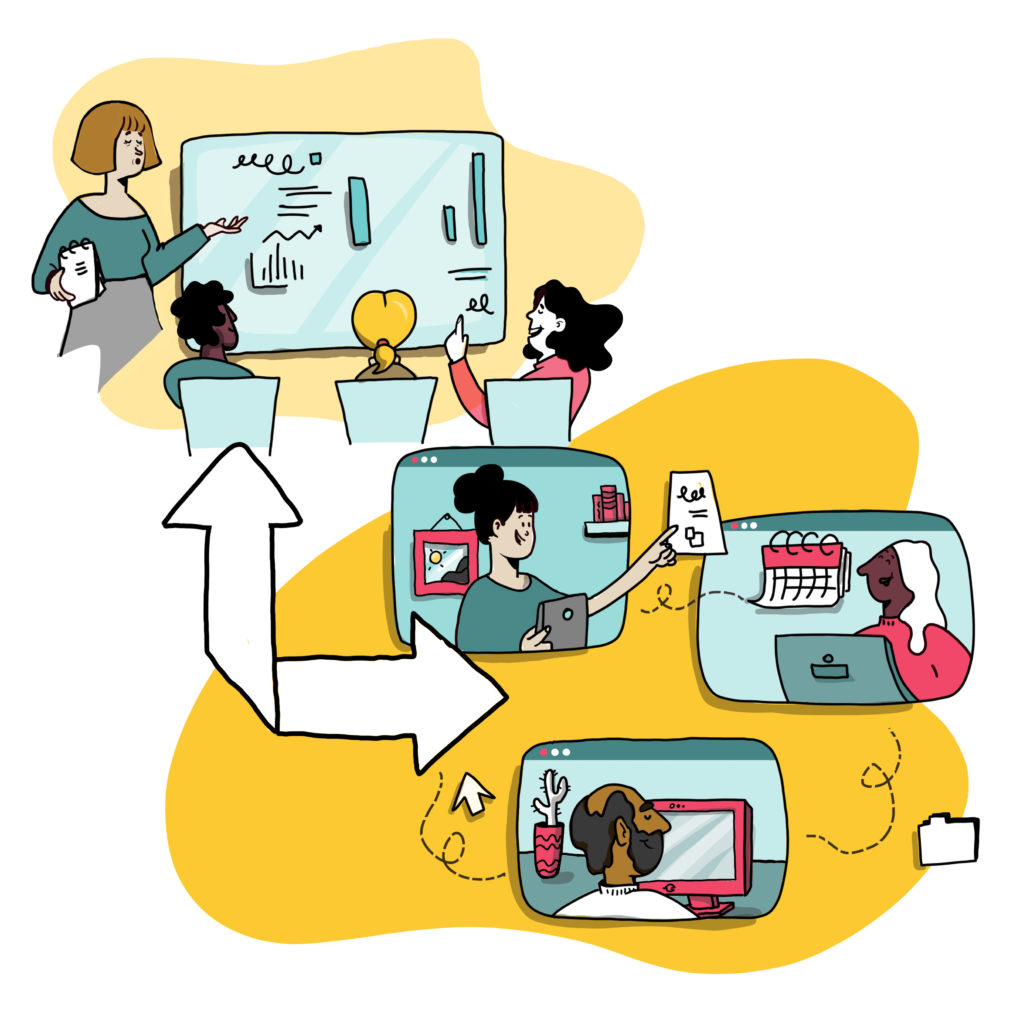
Recognize and Reward
Finally, and to highlight a factor from above, acknowledge employee efforts and give praise often. It’s free – and it goes a long way for employee morale and productivity. Employees who feel recognized by their team, managers, or organization feel supported and encouraged to continue producing great work and motivated by their impact. We help our clients recognize team members and capture organizational memories by creating unique and personalized studio visuals, perfect for celebrating team wins, honoring stakeholders, and memorializing major moments.

If you’re looking to reverse the current workplace trends by elevating voices, communicating clearly and commemorate your team and organization, the ImageThink team is here to help. Give us a call today to strengthen and visualize your employee retention strategy.
